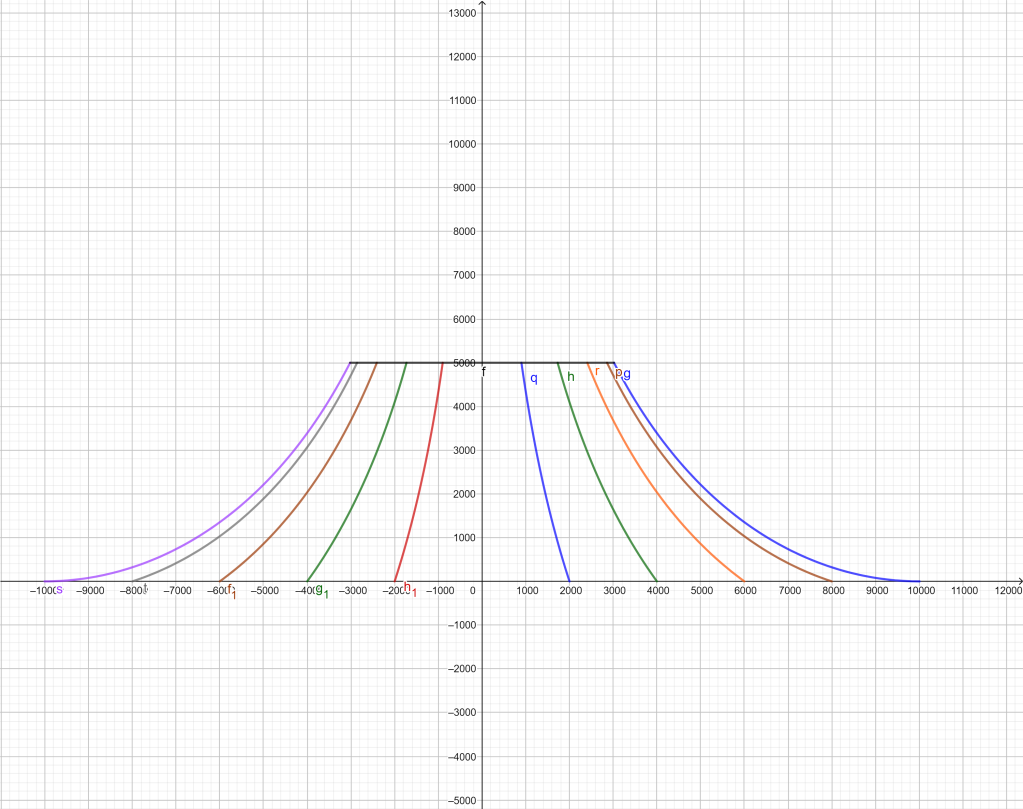Rory
Closed Account
Flat Earth debunker Sly Sparkane recently posted a video in which 23 participants in 9 separate countries measured the sun's elevation angle at solar noon on the September equinox. Naturally, when the results are viewed and compared with the two models of the earth, it should appear obvious which one is accurate.
Here is the result for the flat earth:

Which, as expected, demonstrates a complete lack of cohesion for the model.
Meanwhile, for the globe:

Showing that the angles measured by the participants correspond with both a distant sun, and the earth being a spheroid with a mean radius of around 3959 miles.
Given that this experiment is repeatable by anyone, requiring no great technical knowledge or equipment, it would seem difficult to dispute.
The full video is here (set to start with the results from 7:04 - the rest before that is preamble, explaining the experiment, introducing the participants, etc).
Here is the result for the flat earth:
Which, as expected, demonstrates a complete lack of cohesion for the model.
Meanwhile, for the globe:
Showing that the angles measured by the participants correspond with both a distant sun, and the earth being a spheroid with a mean radius of around 3959 miles.
Given that this experiment is repeatable by anyone, requiring no great technical knowledge or equipment, it would seem difficult to dispute.
The full video is here (set to start with the results from 7:04 - the rest before that is preamble, explaining the experiment, introducing the participants, etc).
Last edited:

